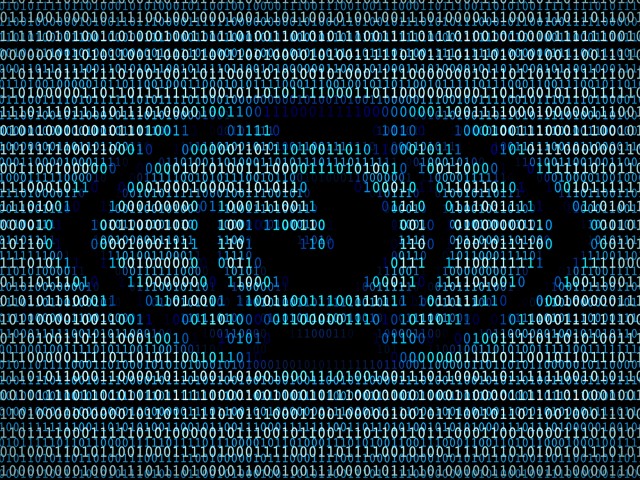Beyond monitoring: How observability fuels security, sustainability and employee satisfaction

As cloud-based networks, mobility and the rise of hybrid work have spiked ongoing CIOs’ interest in observability, companies are forced to consider how observability factors into their daily systems and routines. To understand what’s happening between their applications, devices, and infrastructure – and how these affect employees -- companies must consider how monitoring and observability go hand in hand to improve their IT operations.
As any good CIO knows, observability is not just about where something is happening but why it’s happening, which helps them resolve network issues. By doing this, companies can better maintain a seamless digital experience that assists in some of their most critical initiatives, namely in heightening security, lowering their carbon footprint and improving overall employee morale.
Observability sheds light on software performance and network infrastructure.
Additionally, organizations are trying to support business objectives while overwhelmed by an increasingly complex, cloud-based IT environment. Threat actors are taking advantage of that complexity and expanded threat surface. IT and cybersecurity teams have been tasked with responding to an increasing number of threats and have adopted zero trust models that heighten their cybersecurity strategies. The problem is that zero trust strategies create a black box environment, creating a greater need for visibility into the overall health of their network infrastructure. That’s where observability comes in, creating a window through which IT teams can see what’s happening within their digital employee experience (DEX), potential bottlenecks within a given network, and the overall performance quality of end-user devices.
With IT leaders unable to monitor data in their zero trust tunnel environments, they are looking to observability solutions to provide a clear view into the user experience, which will help them determine the status of the applications on the network.
Because of this black-box effect, zero trust programs have actually elevated the importance of user data for IT leaders. Teams that are unable to monitor data within tunneled environments must now look to the outputs of their applications as the sources of truth on software performance and business success.
While monitoring helps IT view that data the impacts digital employee experience (DEX), observability makes sense of it and is critical for swift remediation.
Observability provides insight into energy consumption across the enterprise.
With climate regulations dictated by California and the European Union, the onus on companies to comply with ESG standards is ever-increasing. As companies develop their sustainability initiatives, observability needs to be at the center of that discussion.
Observability provides the visibility necessary to see how much devices are consuming. Beyond that, understanding the level of energy consumption a company’s network is eating up can provide further insights into what resources are needed to proactively automate changes in power settings, increase energy-efficiency awareness and decrease unnecessary energy consumption costs across the enterprise.
With the right observability tools in place, companies can access insights that reveal how device uptime, geography, business unit, power plans for devices and other factors play into their overall energy consumption. Beyond monitoring, observability’s real-time visibility and insights provide a clear path toward a more sustainable future – reducing carbon emissions, greenhouse gas emissions and e-waste, all while helping companies meet their ESG commitments and streamline their IT operations.
Observability improves employee morale and overall satisfaction.
Hybrid and remote work have been embraced by companies seeking to attract and retain key talent. But as employees can work from anywhere at any time, it has put a strain on already burdened IT teams. This is especially true as CIOs seek to deliver seamless DEX to digital natives, who grew up expecting technology to work flawlessly. Research has shown that employees value high-quality digital experiences over any perk and will leave for greener pastures if their needs aren't met.
The benefits of prioritizing DEX are immense for a company’s bottom line and its ability to retain top talent. To dismiss the importance of a seamless DEX is a disruptive and destructive business decision. More than half of leaders (68 percent) believe Millennials and Gen Z employees would consider leaving a company due to a poor DEX. As leaders prioritize the digital experience, they’ll reap the long-term benefits of remaining competitive in the market, retaining top talent, and reaching better business outcomes.
Gaining visibility into the future of IT enterprise operations
As more companies invest in technology in the coming months, observability should be a central component. With hybrid and remote work here to stay and an increasingly younger workforce of digital natives demanding more from their digital experience, companies need to know what’s happening within their networks and why, proactively detecting issues before they arise.
At the heart of greater security, sustainability and employee satisfaction lies a healthy balance of monitoring and observability. Keeping these tools at the heart of a company’s business strategy is an investment that will pay dividends for a company’s long-term success.
Photo credit: nzozo / Shutterstock

Fernando Castanheira is the Global CIO at Riverbed Technology. He is responsible for all aspects of IT, including digital transformation, Cyber/IT security, infrastructure, operations, and business platforms. In addition, Fernando leads the Saas Business Strategy function, partnering with the customer-facing teams on new approaches centered on providing ongoing customer value and delightful experiences. You can follow him on LinkedIn.
